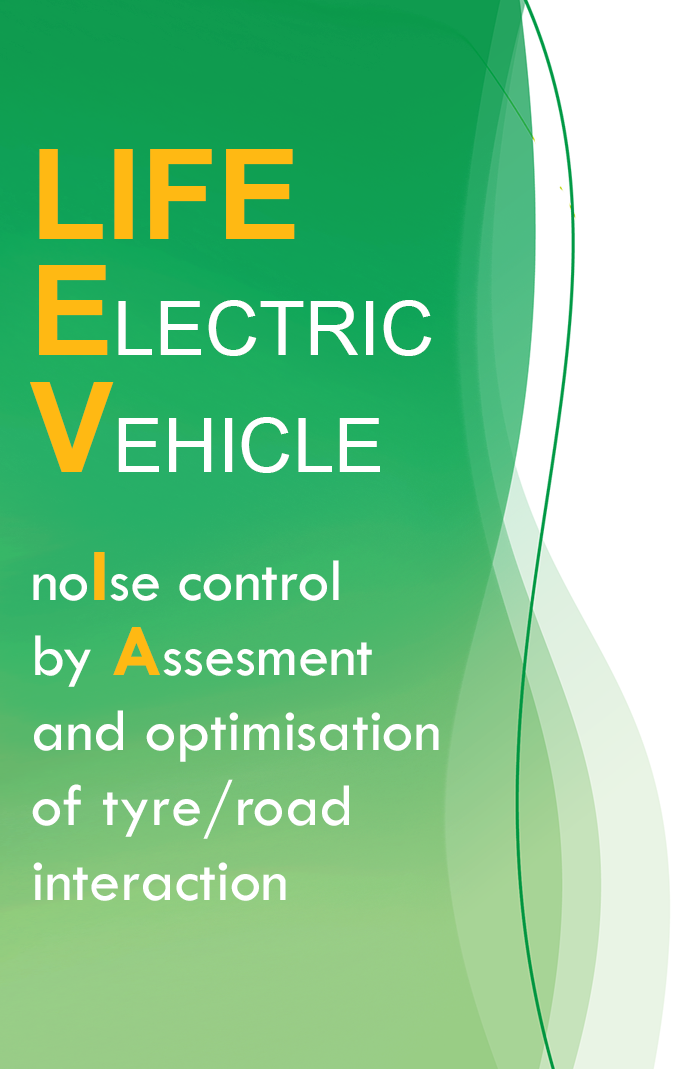THE PROJECT LIFE E-VIA
Exposure data from the European Environment Agency (EEA) demonstrate that more than 100 million EU citizens are affected by high noise levels negatively impacting human health. Traffic noise alone is harmful to the health of almost every third person in the WHO (World Health Organization) European Region. 20% of Europeans are regularly exposed to night sound levels that could significantly damage health, especially in urban areas. As emerged in Noise in Europe Conference (April 2017) and in the WHO guidelines published in October 2018, the increased stringency of EU at source standards needs to be balanced against other effective measures such as road surface and/or tyre improvements and urban planning measures as well.
One of the solutions universally recognized as the best to reduce noise in urban areas, from both the point of view of noise and air quality, is the introduction of electric mobility.
Similar effects can also be observed for the contribution of the tyre rolling resistance to the vehicle’s energy consumption.
Thus, for the changed requirements of Electric Vehicles (EVs) there is a need for in-depth investigations of tyre/road interaction. Last but not least, even for the application of the Directive 2002/49/EC, the coefficients to apply the CNOSSOS model (Directive 996/2015/EC) to new traffic spectra and new vehicles are completely missing.
Therefore, the project intends to:
- tackle noise pollution from road traffic noise focusing on a future perspective in which electric and hybrid vehicles will be a consistent portion of flow;
- combine knowledge of road optimization and tyre development in order to test an optimized solution for reducing noise in urban areas and Life Cycle Cost with respect to actual best practices.








